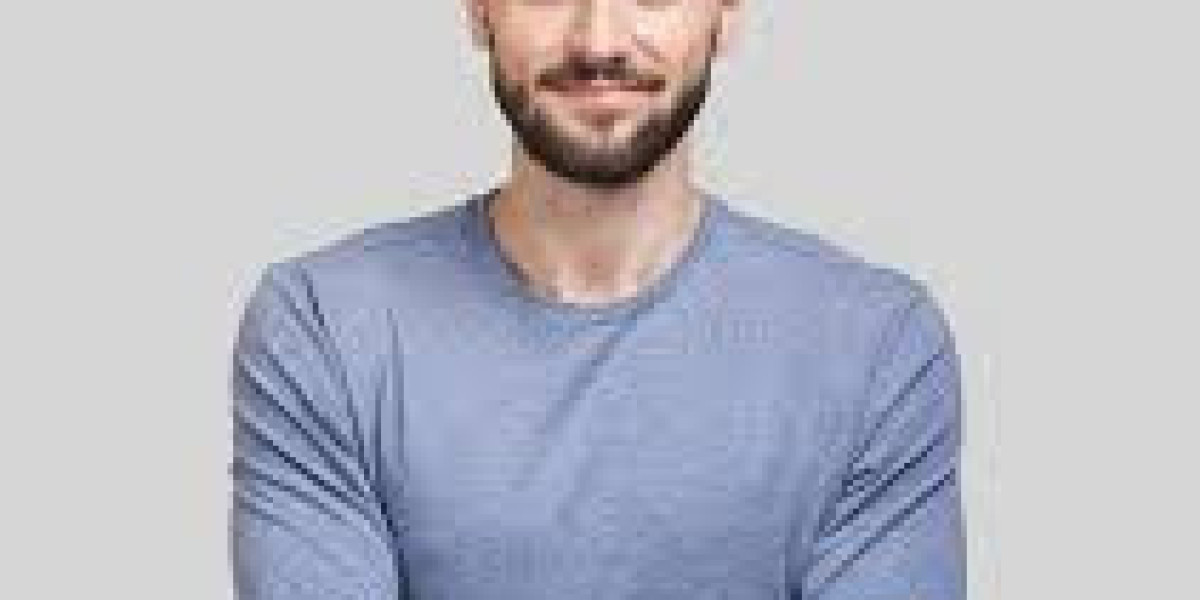Want to turn your favorite image into professional-quality embroidery? Converting designs to PES files (the format Brother machines use) might seem technical, but it's easier than you think when you know the right steps. Whether you're personalizing gifts or launching a merch line, this guide will walk you through the entire process to convert image to PES file —from preparing your artwork to stitching out flawless results.
Why PES Files Matter for Embroidery
Your embroidery machine speaks a specific language—and PES is Brother's preferred dialect. Unlike regular image files (JPG, PNG), PES files contain:
✔ Stitch-by-stitch instructions
✔ Thread color codes
✔ Sequence and density settings
✔ Machine-specific commands
Fun Fact: PES stands for "PE-Design Stitch," Brother's proprietary format developed in the 1990s.
Step 1: Prepare Your Image for Conversion
Ideal Source Files
File Type | Pros | Cons |
Vector (AI/EPS) | Clean edges, infinite scaling | Requires design software |
High-res PNG (300+ DPI) | Good detail, transparent background | Limited editability |
JPG | Widely available | Loses quality when enlarged |
What to Fix Before Converting:
- Simplify complex gradients
- Bolden thin lines (<1mm won't stitch well)
- Enlarge small text (minimum 0.3" height)
- Remove unnecessary tiny details
Pro Tip: Use the "credit card test"—if details disappear when viewed at that size, simplify them.
Step 2: Choose Your Conversion Method
Option A: Professional Digitizing Service (10−10−50)
Best for:
- Business logos
- Complex artwork
- Bulk conversions
Top Services:
- RushDigits (Fast turnaround)
- Digitizing Hub (Quality-focused)
Option B: DIY Software
Software | Price | Best For |
Embrilliance | $199 | Beginners |
SewArt | $75 | Simple designs |
Hatch | $1,200 | Professionals |
Option C: Free Online Converters
Only use for:
- One-time personal projects
- Non-critical items
Warning: Most auto-converted designs need manual tweaks.
Step 3: Key Settings for Perfect PES Files
Stitch Type Selection
- Satin Stitches: Borders/text (1-8mm width)
- Fill Stitches: Solid areas (0.35-0.55mm density)
- Running Stitches: Fine details
Must-Adjust Parameters
- Underlay: Prevents puckering (zigzag for stretch fabrics)
- Pull Compensation: Adds 10% width to prevent gaps
- Stitch Direction: 45° angles for smooth fills
Density Guide:
- Light fabrics: 0.4-0.5mm
- Heavy fabrics: 0.3-0.4mm
Step 4: Test and Refine Your PES File
The 3-Part Quality Check
- Screen Preview: Examine stitch paths in software
- Stitch-Out: Embroider on scrap fabric
- Wash Test: Verify durability after laundering
Common Fixes:
- Puckering? Add more stabilizer
- Gaps? Increase pull compensation
- Thread breaks? Reduce density
Pro Tips for Specific Designs
For Text:
- Use bold, sans-serif fonts for small lettering
- Minimum 0.3" height for readability
- Add outline stitches to prevent fraying
For Logos:
- Simplify to 2-3 thread colors
- Convert thin lines to satin stitches
- Use fill stitches for large areas
For Photos:
- Convert to black-and-white first
- Use dithering effects for shading
- Limit to larger sizes (4"+)
5 Conversion Mistakes to Avoid
- Using Low-Res Images → Pixelated stitches
- Ignoring Fabric Type → Poor results on different materials
- Skipping Test Stitches → Wasted materials
- Overcomplicating Small Details → Lost definition
- Choosing Price Over Quality → Costly re-dos
FAQs
Q: How long does conversion take?
A: Pros deliver in 24-48 hours; DIY takes 1-3 hours.
Q: Can you convert PNG to PES for free?
A: Yes, but quality varies—try Ink/Stitch (free plugin).
Q: What's the smallest embroiderable detail?
A: 1mm lines possible, but 2mm is more reliable.
Q: Why does my PES file look different from my image?
A: Stitches have limitations—simplification is often needed.













